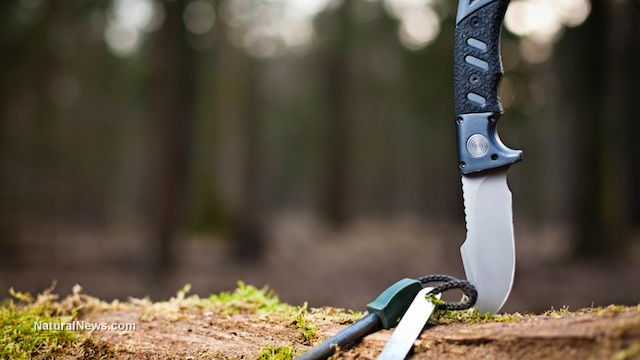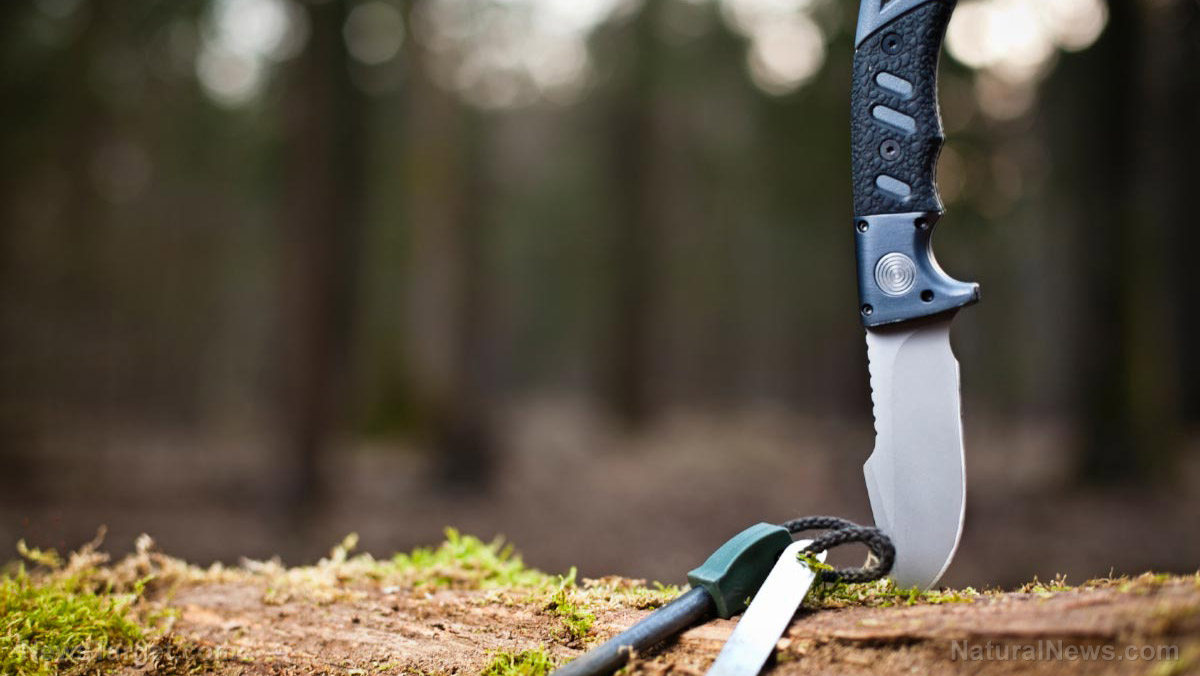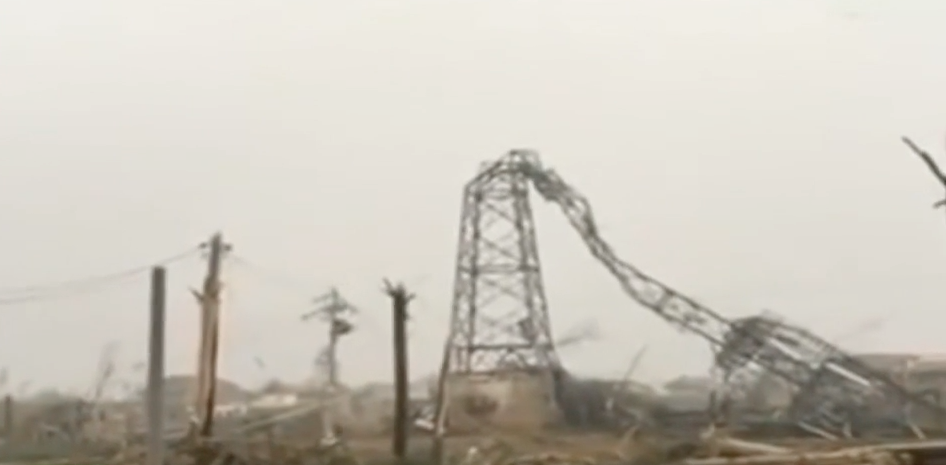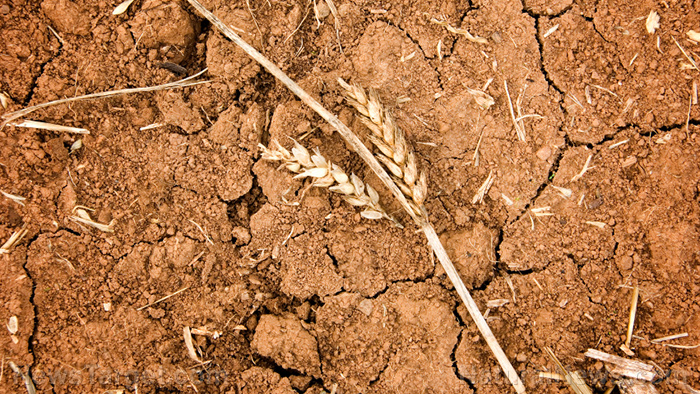How to prep your vehicle for emergency situations
02/06/2018 / By David Williams

It’s hard enough to adapt to the fast pace of modern life sometimes, and it’s even harder when disaster strikes. What do you do when something unexpected happens, like a natural disaster, and you don’t know where to go despite having a vehicle? What if it happens while you’re outside and on the go? You want to be able to make use of the things you have at your disposal to make the most out of those situations.
One way to make sure that you’re always one step ahead is by prepping your vehicle for potential emergency situations. That way, whenever something unexpected happens, such as a natural disaster or some other catastrophe, you are equipped for it and can survive no matter what happens. Prepping isn’t that complicated; you just need to know a certain number of steps.
First things first, you should invest in an emergency kit. In a lot of ways, your first emergency kit should be just like your disaster supply kit – filled with specific items that are easy to store and portable enough to move from one location to another quite easily. Some items that are necessary in an emergency kit are jumper cables, a backup phone charger, some sand to give you better traction, and reflectors. You should also store a secondary emergency kit with first aid, blankets, a lighter, candles, flashlights, non-perishable food, and water. That way, you have something to fall back on in case you get stranded somewhere and can’t get to both safety and food for a while.
The second thing you need to make sure of is that you’re on top of your cars maintenance needs. If you already perform regular maintenance on your car, then this is something that you no longer need to worry about. However, if you’re behind on your maintenance checks, now is the time to make up for them and check if your vehicle is in tip-top shape. Some things to keep in mind when checking your car during maintenance is the levels of oil, battery, and gas in the tank. As a rule of thumb, it is said that you should aim to keep your gas tank at least half full most of the time in case there’s an emergency. And of course, make sure that all the moving parts of your vehicle – such as the brakes and the wheels – are moving just fine to avoid the most common problems.
Speaking of the wheels, you should also make it a point to regularly check your tires, especially their tire pressure. Stock tires are often not that great when compared with top-of-the-line brand-name tires, so it’s best to consider your options here.
Finally, familiarize yourself with the various communication options that you’ll have at your disposal in case of an emergency. While it’s true that cellphone access is pretty much a given in most parts of any developed country, circumstances may not always be in your favor. In case you need to rely on alternative forms of communication, you need to be able to cope.
Always remember, you can’t always be ready for when disaster strikes. But at least you can be prepared – with the right tools and the right mindset, you’ll get through the hardships in no time.
Find out more ways to prepare yourself naturally through Preparedness.news.
Sources include:
Tagged Under: bugout, disaster, emergency, preparedness, prepping, prepping tips, survival, Survival Tips, survivalist, vehicle tips, vehicles




















